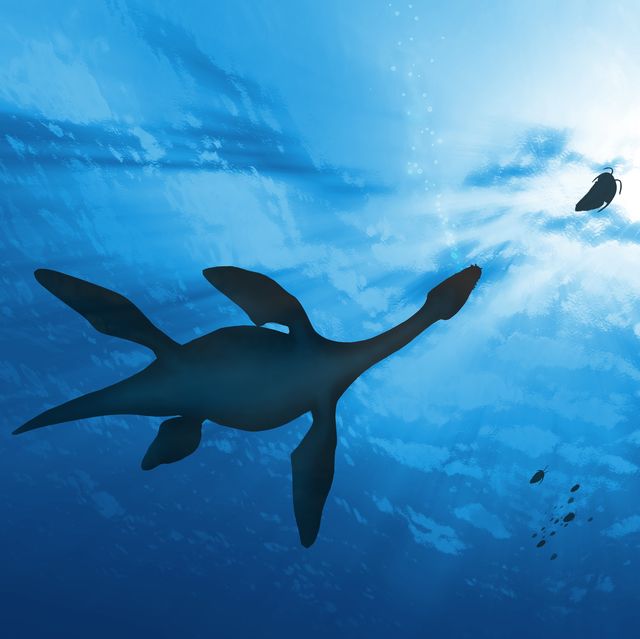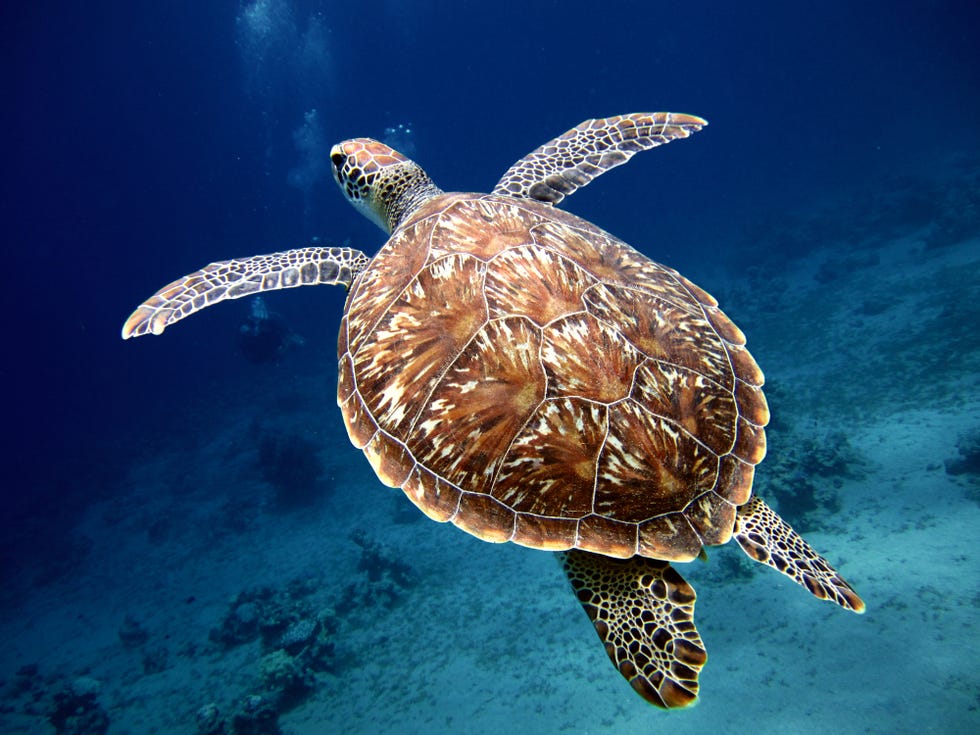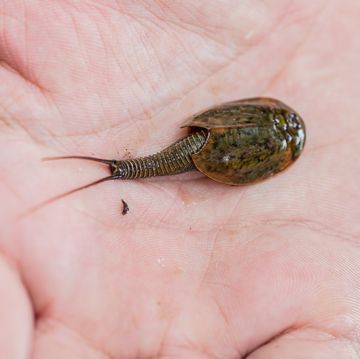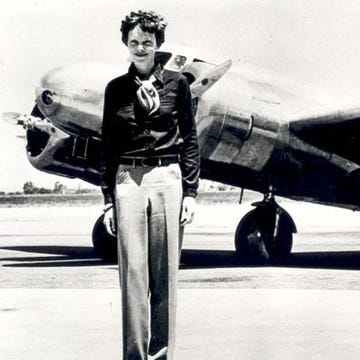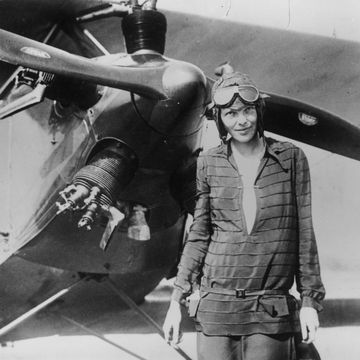- New research from Germany highlights just how the Plesiosaurs swam underwater.
- The Plesiosaurs developed four wing-like flippers that twisted to propel the dinosaur forward.
- Findings show the downstroke of both pairs of flippers proved more powerful than the upstroke.
In the late Triassic, about 210 million years ago, a group of dinosaurs adapted to living in the oceans. But paleontologists have been scratching their heads trying to figure out the mechanics of their swimming motion for over a century. Normally, swimming reptiles like sea turtles use their specialized front appendages for propulsion and their back legs for maneuvering. Finally, the mystery of just how the Plesiosaur managed to swim underwater with four identically shaped wing-like flippers has now been solved, thanks to German researcher Anna Krahl.
Working with Ruhr-Universität Bochumm and the University of Bonn, Krahl reconstructed the Plesiosaur’s movement sequence through its excavated bones and engineering models of its musculoskeletal structure to show how this “Sauropterygia” type of dinosaur—or paddling lizard—adapted to life underwater. Her team published its findings earlier this month in the journal PeerJ.
Krahl credits the evolution of four uniform wing-like flippers for the Plesiosaur’s ability to twist and produce a powerful downstroke to propel itself with force underwater. Its body is a bit unusual, though.
“Having the front legs transformed into wing-like flippers is relatively common in evolution, for instance in sea turtles,” Krahl says in a news release. “Never again, however, did the hind legs evolve into an almost identical-looking airfoil-like wing.”
🦕 Animals Can Be Pretty Strange
- Tyrannosaurus Rex Has a Damn Good Reason for Its Puny Arms
- The 40 Most Extreme Animals on the Planet
- You’ll Never Guess How This Spider Can Breathe Underwater for 30 Minutes
The uniform shape of all four legs—the pair in the front and the hind pair—didn’t appear among animals again after the Plesiosaurs. For example, Krahl cites sea turtles and penguins, which both have differences in their front and back appendages: flipper-like front legs and webbed hind legs.
Krahl studied the structure of the Plesiosaurs for years to determine just how the creatures moved underwater. Was it a rowing motion, akin to a duck, or flying through the water similar to a penguin? Or was it a sea lion-like combination of the two? To find out, she examined the bones of the shoulder and the pelvic girdle, the front and hind flippers, and shoulder joint surfaces on a complete skeleton displayed at the University of Bonn. Krahl found the stiffened elbow, knee, hand, and ankle joints were different than the functioning shoulder, hip, and finger joints.
“Analysis comparing them to modern-day sea turtles and based on what is known about their swimming process indicated that Plesiosaurs were probably not able to rotate their flippers as much as would be necessary for rowing,” she says. Instead, she noted that they likely used an up-and-down motion common to underwater fliers.
But they still needed to twist their flippers to maintain a favorable position for swimming. Try this: bend your thumb downward as far as you can and your pinkie as far upward as you can. Krahl believes the Plesiosaurs would have done the same thing with their flipper bones while swimming. “Other vertebrates, such as the leatherback turtle, have also been shown to use this movement to generate propulsion through lift,” she says. In the motion, she surmises the flipper tip becomes almost vertical without needing any substantial shoulder or wrist rotation.
Using digital models, Krahl virtually reproduced a simulation of the functional loads, saying the models could indirectly prove the flipper-twisting potential of the Plesiosaurs. The limb bones experience particular forces for different movements, so the research team calculated forces on each bone and visualized the most likely motions of the Plesiosaurs. It all works out to “indirectly prove,” the twisting of flippers for the most efficient swim possible, Krahl says, solving the ancient mystery of the great Plesiosaur’s swimming feats.
Tim Newcomb is a journalist based in the Pacific Northwest. He covers stadiums, sneakers, gear, infrastructure, and more for a variety of publications, including Popular Mechanics. His favorite interviews have included sit-downs with Roger Federer in Switzerland, Kobe Bryant in Los Angeles, and Tinker Hatfield in Portland.
